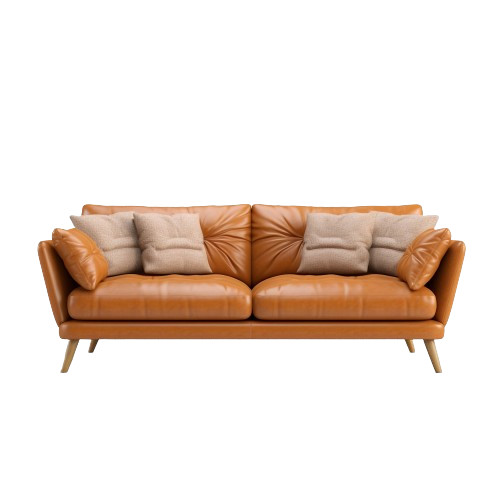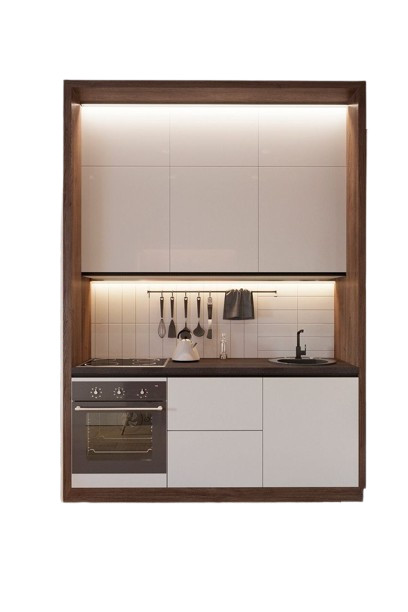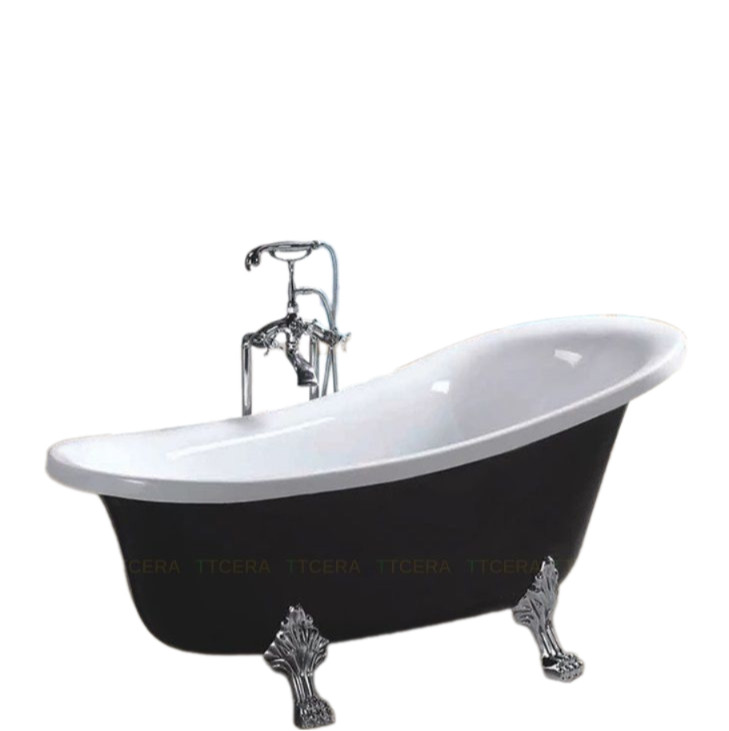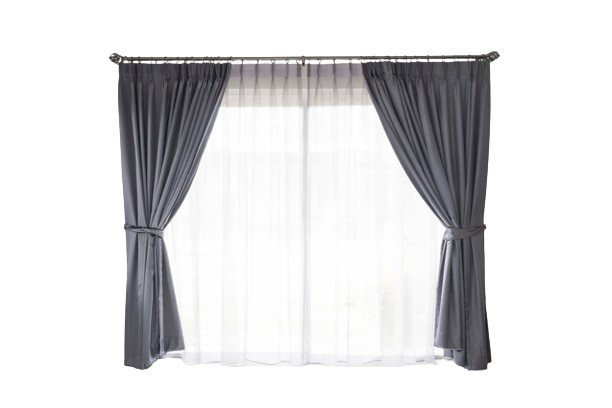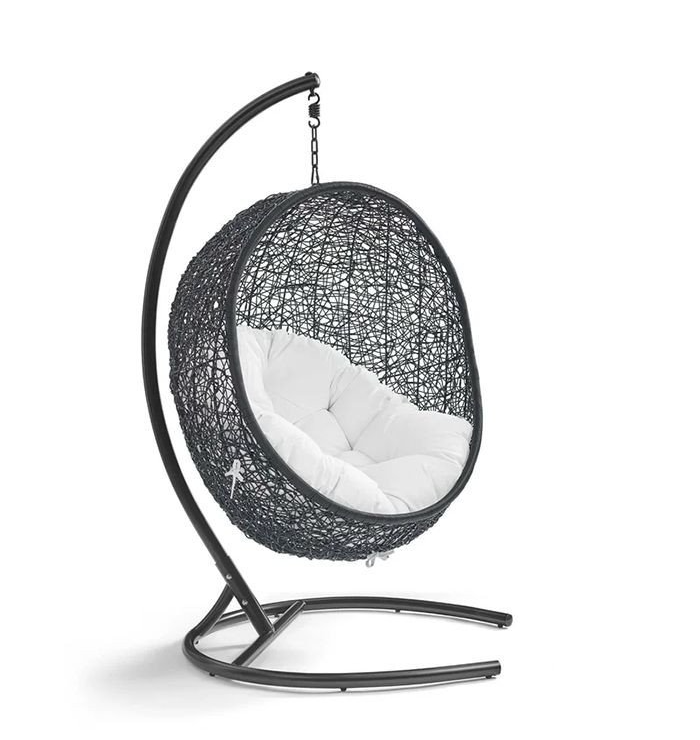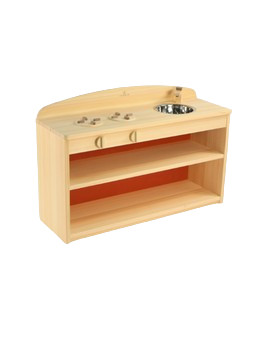LIGHTING STANDARDS IN OFFICE DESIGN
Effective office lighting will produce a visual environment in which individuals may observe, move, and accomplish visual tasks successfully, precisely, and safely, without weariness or discomfort. Adorn Museum wishes to give knowledge about office lighting standards in this post so that businesses can create the most effective and professional working atmosphere!
I. The function of light in the workplace
Lighting is particularly significant in office lighting because it is not only required for the working process but also has a direct impact on the efficiency and quality of work. "Light not only impacts human senses, but it also influences mood and emotions at the level of human comfort and pleasure," according to British scientists' research. As a result, the employment of appropriate illumination has the effect of increasing operating efficiency. At the same time, it has the potential to fight mold, creating a more airy environment and protecting human health.


Design the glass door system to take advantage of as much natural light as possible
Light and color, on the other hand, are the two most important components in creating the attractiveness of an office interior design. As a result, if you want to have a beautiful office with a high aesthetic value, you must maximize the use of light in the area in a harmonic way. Aside from natural light, businesses can utilize artificial light from lamps such as fluorescent, led, colored lights, and so on, but they must always choose natural light above artificial light!
II. Office lighting specifications
Some of the following parameters should be considered while developing office lighting standards:
1. Illuminance
The luminous flux index per unit area of the lit surface is defined as illuminance. Simply described, illuminance is a unit that represents the brightness at a specific spot. Lux, abbreviated as lx, is the unit of illuminance (1 lux = 1 lumen/m2). This is the quantity that should be prioritized in workplace lighting design requirements. As a result, before meeting the office lighting requirement, the illuminance standard must be met.
 In some office environments, the standard illuminance index is:
In some office environments, the standard illuminance index is:
- Lobby, waiting room: 200 lux
- Corridors, stairs: 100 lux
- Escalator: 150 lux
- Working room: 400 lux
2. Color rendering index
 The color rendering index is a measure of the color fidelity of the illuminated object. Abbreviation CRI, unit Ra.
The color rendering index is a measure of the color fidelity of the illuminated object. Abbreviation CRI, unit Ra.
- The color rendering index is good, ranging from 80 to 100 Ra.
- Color recognition and vision might be hampered by a low color rendering index.
- Glare, glare, or eye pain can be caused by a high color rendering index.
3. Color temperature

- Color temperature is a critical metric that indicates the color of light emitted at a specific temperature K.
- Color temperature informs the user about the lamp's light hue, making it easy to pick.
- White light with a color temperature of 5500 - 6700K should be utilized in offices. This temperature light helps individuals focus more and work more efficiently.
III. Design criteria for office lighting
1. Natural lighting equilibrium

Businesses must promote the use of both natural and artificial lighting in order to achieve office lighting regulations. Natural light illuminates and illuminates the working environment. Furthermore, it helps employees feel calm, less anxious, stressed, etc., which improves employee spirit and work performance greatly. As a result, the office should be constructed in an open form, making use of window frames, and attractive drapes can be placed when there is a need to limit light, to guarantee that the area is used the most and has enough natural light. bright.
2. Using LEDs

Many experts propose using led lights to brighten the office, such as led panel lights, LED tube lights, led ceiling lights, and so on. The light emitted by LED lights does not contain lead or mercury, ensuring human health safety. Also, LED lights do not create eye fatigue or glare, impacting the quality of employees' work.

LED recessed lighting for office lighting
LEDs with a color rendering index of 80 Ra generate genuine and natural colors, ensuring good sight. Furthermore, while utilizing LED lights, organizations will save time and money on repair and replacement, but the lifespan can be up to 65,000 hours.
3. Color temperature
As previously said, the color temperature informs the user of the light hue of the bulb. LED lights typically have color temperatures that match three light colors: white, yellow, and neutral.

- White light temperature: 5500 - 6700K
- Yellow light temperature: 2700 - 3500K
- Neutral light temperature: 4000 - 4500K
 ADORN MUSEUM
ADORN MUSEUM
Location: O-1, TM.01, 1st Floor, Orchid 1 Tower, Hado Centrosa Garden No.200 3/2 Street, Ward 12, District 10, Ho Chi Minh City, Viet Nam.
Hotline: (+84) 28 3930 3428
E-mail: support@adornmuseum.com
Operation time:
8:30 - 17:30, Monday - Friday & 8:30 - 12:00, Saturday


